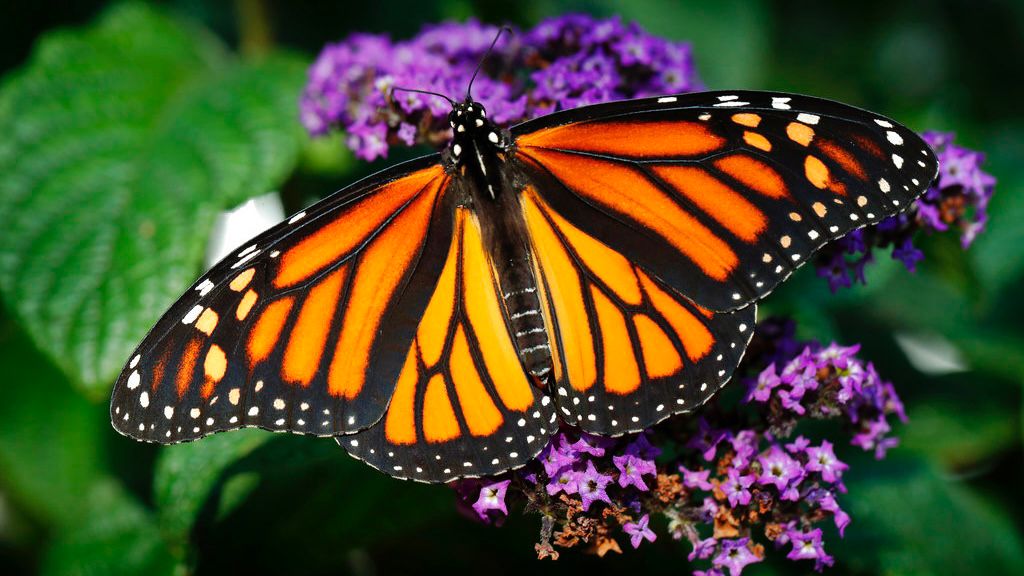About 20% of the world’s migrating animals could be extinct because of human activities and climate change, according to a first-ever report on migratory species the United Nation’s Environment Programme released Monday.
Already 44% of the migrating animals on the group’s conservation list are declining in population because of agriculture, over fishing, pollution, land development and other manmade issues.
“The conservation needs and threats to migratory species need to be addressed with greater effectiveness, at a broader scale and with renewed determination,” Convention on the Conservation of Migratory Species of Wild Animals Executive Secretary Amy Fraenkel said in a statement accompanying the report.
The U.N. Environment Programme report is intended to serve as a conservation road map for countries and stakeholders to join forces and agree upon the necessary actions to save migratory species, whose numbers are already declining.
The report’s researchers said billions of animals migrate every year through the skies, over land and in oceans, lakes and rivers. Sharks, elephants, antelope, monarch butterflies and many other well-known species can travel thousands of miles to breed, feed or rest and often cross national borders.
Fish are especially at risk: 79% of critically endangered and endangered marine and freshwater fish species and 43% of marine turtles could become extinct.
The new report was mandated during the COP13 climate conference in 2020, which required work be done to better understand the conservation status of many animals.
Overexploitation through hunting and fishing, as well as agriculture, are the most pervasive threats to migratory species and where they live, according to the report.
Habitat loss and fragmentation of lands that disrupt migrating animals’ ability to move freely along their migration routes is also an issue that is further exacerbated by roads, train tracks, fences, dams and other infrastructure. Pollution from plastics, heavy metals, noise and light are adding pressure. Often migratory species are negatively affected by multiple threats at once, the report found.
Climate change is “an amplifier of other threats,” according to the report, which found its impacts are already being felt by many migratory species through extreme weather and other effects.
The report listed dozens of recommendations and actions that should be prioritized to address the extinction risks. It said more work is needed to identify key migratory paths for various species and to not only increase the number of habitats that are protected as conservation areas but to ensure they are properly managed.
The report also suggested increased monitoring of migratory species to better prioritize conservation activities and to minimize the negative effects of infrastructure development on the paths animals take to migrate over land, air and water.


